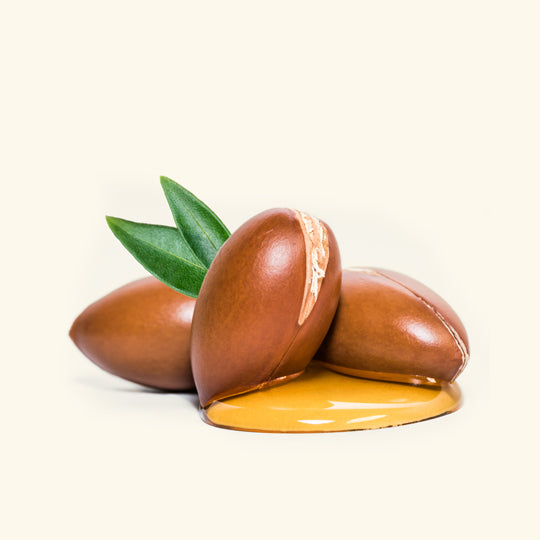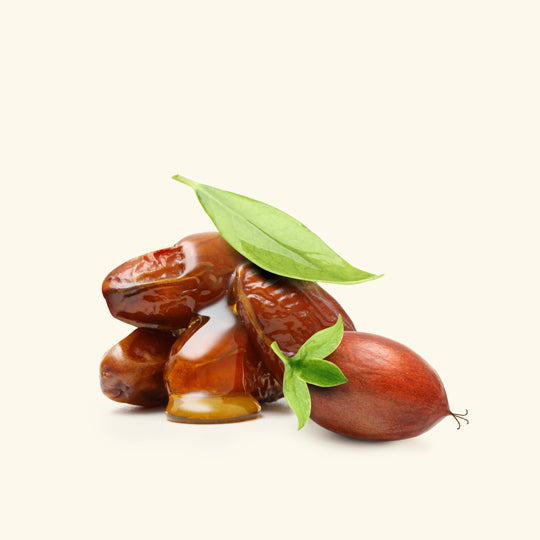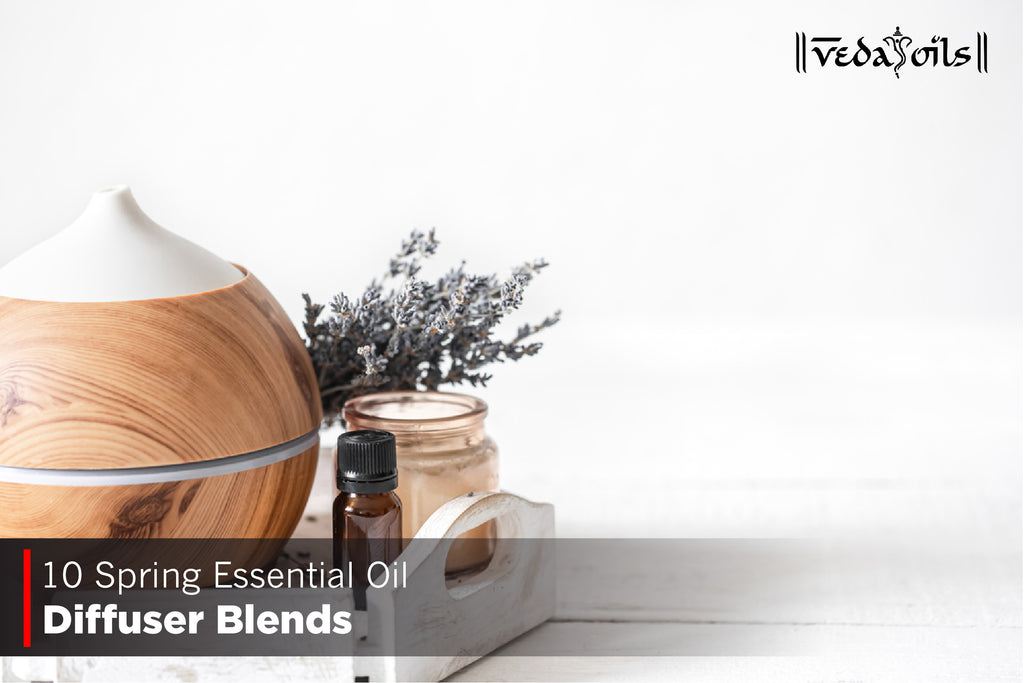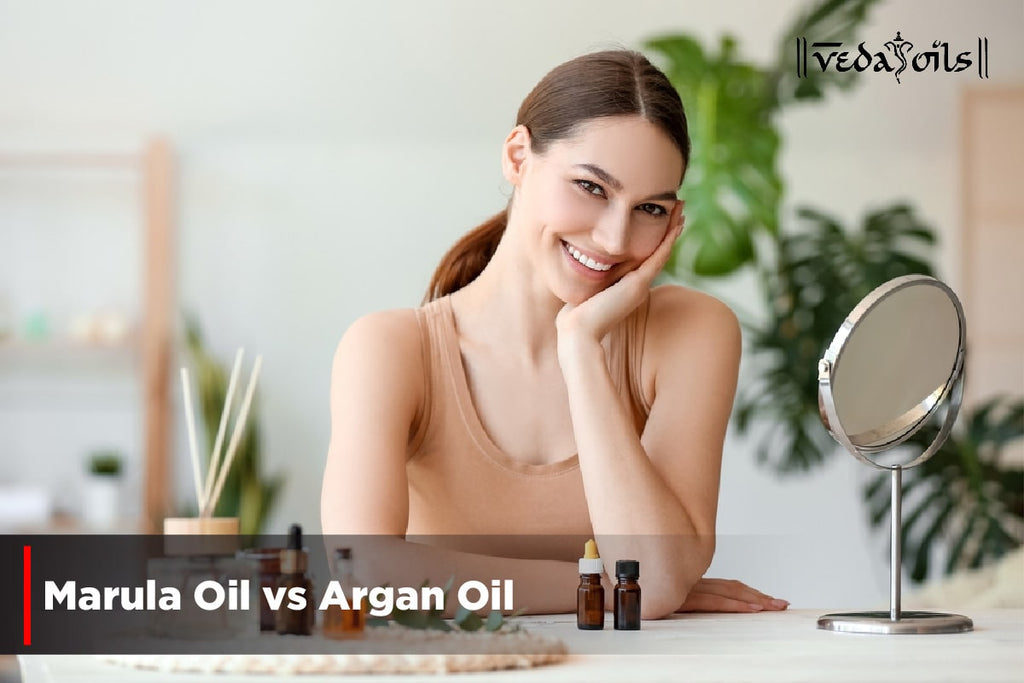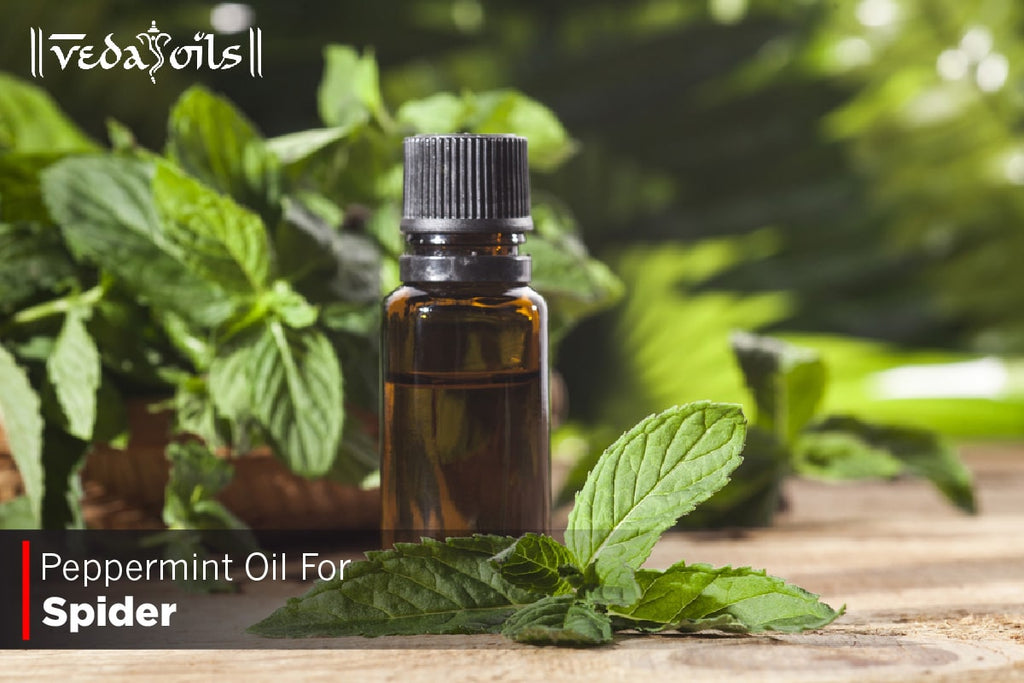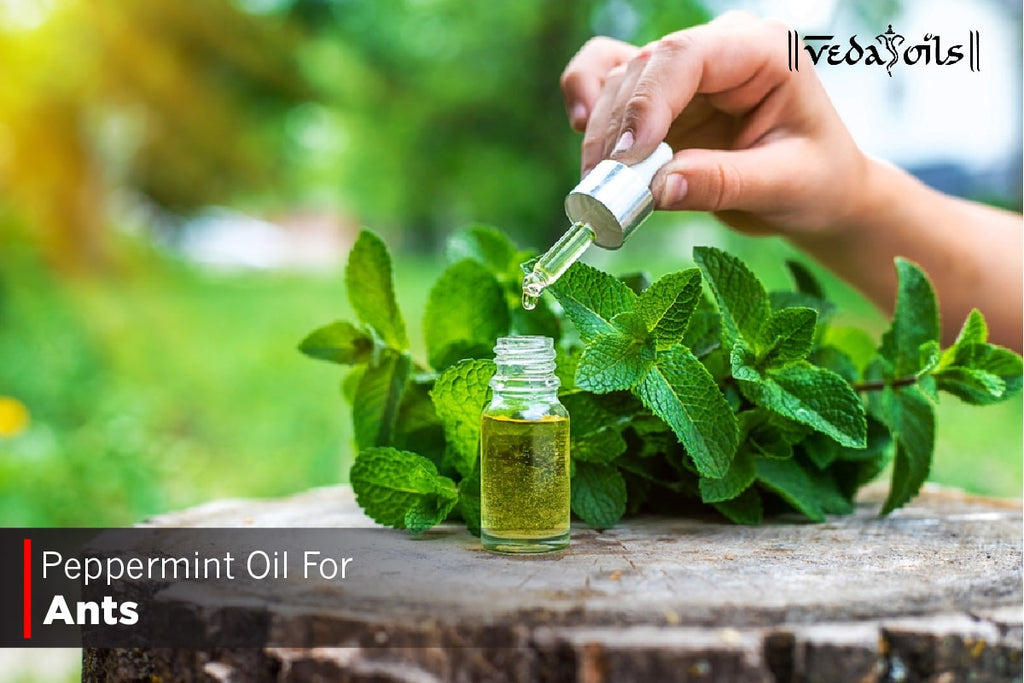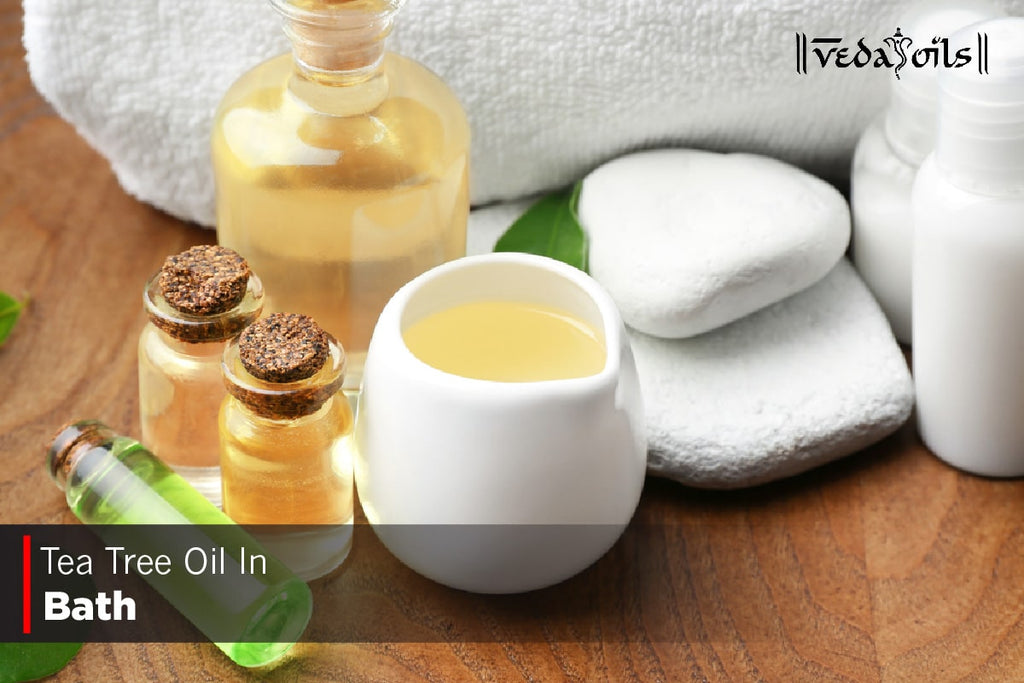Did you know that the castor plant was, at one point in time, considered to be a weed? The beans yield an oil with numerous health benefits, which led to the plant’s oil being nicknamed, “Palma Christi”, or in other words, “Hand of the Christ”.
Castor oil finds a variety of uses in several different contexts and has been utilized across cultures for centuries now. Let us know more about this wonderful oil, its chemical composition, advantages, common varieties, and see how you can benefit from its properties. Finally, we shall see the contraindications.
- Castor Oil In a Nutshell
- The Historical Context of Castor Oil
- The Advantages of Castor Oil
- Castor Oil For The Hair
- Castor Oil For The Skin
- Castor Oil For Massage
- How is Castor Oil Cultivated?
- Extraction of Castor Oil
- The Benefits of Castor Oil
- The Varieties of Castor Oil
- Precautions When Using Castor Oil
Castor Oil In a Nutshell
Castor oil is a pale yellow liquid with a characteristic odor. Castor seeds are very rich in oil and are also known as the beans. Their uses vary widely from birth control to syphilis and leprosy treatments. Even today, castor oil finds a number of uses in both the medicinal and cosmetic sectors.
The oil can help soften the skin, repair the hair, and treat pains and aches. The oil and its derivates also find uses in the pharma industry. They are also used to make perfumes, cosmetics, soaps, and massage oils. The oil is known for moisturizing characteristics.
It is also used in making paints, waxes, inks, lubricants, and dyes. The oil has also been used in food additives and flavorings. It can check the growth of mold and control decay.
The Historical Context of Castor Oil
Initially, many people would consider the castor plant a weed without any benefits. However, soon enough, the oil produced from the seeds became well recognized throughout the world for its immense benefits.
Edgar Casey, who is called the ‘Father of Holistic Medicine’ is believed to have popularized the benefits of castor oil. Casey popularized the properties of the oil and its uses in treating health conditions.
Castor plant, also known as Ricinus communis, is indigenous to the Mediterranean area and is also found in the Indian and African tropical regions. The beans or seeds of castor oil have been in use without the hulls as a birth control measure. They have also been found effective in syphilis and leprosy treatment.
The beans of the plant were also used to make a paste which was then applied for treating inflammation of the skin used as a poultice. It was also used to treat headaches.
Castor beans were also made into lubricating oils used in industries, paints, varnishes, as well as in making cosmetic oils. Castor oil has also been used as a laxative and benefits those with constipation. The oil has also been used during pregnancy to induce labor and to facilitate breast milk flow.
Castor oil was also used to remove warts, cysts, and other such growths. It was also used to remove eye irritation caused by dust. That said, you should not be using castor carrier oil for any of the above-mentioned purposes.
Castor oil was also used to light lamps and castor beans are even found in tombs that are over 6,000 years old. Castor oil finds immense uses in the medicinal and cosmetic industry and can darken the hair and repair them. It can also promote hair growth.
The oil will also soften and relax skin that is irritated and will eliminate muscle aches. It can also be effective in treating joint pains. The carrier oil is also used in manufacturing soaps, perfumes, cosmetics, and pharmaceuticals. It has also been used as a massage oil.
The Advantages of Castor Oil
The many benefits of castor oil are the result of the chemicals stationed inside this wonder of nature. In this section, we will see each of these compounds individually and see what benefits they possess.
Ricinoleic Acid
- Removes pain that is the result of joint discomfort and muscle aches
- Effective against acne-causing bacteria and effective on skin that is acne-prone
- Removes skin itching, inflammation, swelling, fungal infections, and cuts
- Antimicrobial in nature, fights microbes
- Promotes blood circulation
- Removes congestion
- Promotes the growth of hair
- Hydrates the hair and the skin, providing deep moisture, also repairs tissues
- Balances the level of hormones
- This acid makes up nearly 90% of castor oil
- Removes toxins from the body as it supports the lymphatic system.
Oleic Acid
- Makes the hair and the skin soft, supple, and radiant
- Promotes the growth of strong, long, and thick hair
- Removes aging signs and wrinkles, fine lines
- Promotes immunity
- Removes dandruff and promotes the growth of hair
- Has powerful antioxidant characteristics
- Effective against joint stiffness, pain, and inflammation
Linoleic Acid
- Helps wounds heal faster
- Moisturizes the hair, boosting growth
- It is a powerful emulsifier that is used in making oils that dry quickly as well as in soap formulation
- Powerful anti-inflammatory characteristics
- Removes acne and prevents their future onset
- Oils will feel comparatively thin in consistency with linoleic acid which makes it ideal for skin that is prone to acne
α-Linolenic Acid
- Reduces inflammation
- Helps control the clotting of blood
- Heals joint pain and removes stiffness
- Considered to be an essential fatty acid (Omega-3)
Stearic Acid
- Stearic acid is a powerful cleansing agent that will purge sweat, dirt, and excessive sebum from the skin and the hair
- Powerful emulsifying agent that can mix oil and water well
- Retains potency of products for long time periods
- Protects the hair from harm without reducing luster
- Known for impactful cleansing characteristics
- Makes the skin soft and supple
Palmitic Acid
- Known for emollient characteristics
- Softens the hair without any sticky or greasy residues
- A common saturated fatty acid
Castor Oil For The Hair
Castor oil positively affects the hair by boosting circulation. It also locks in moisture owing to its humectant characteristics. It is also a powerful anti-fungal agent and will treat the infections of the scalp, removing bacteria that result in dandruff, hair loss, and infection.
Castor oil can also slow down the onset of grating hair. It can be applied to the scalp of the hair in order to control pigment loss. The oil has humectant properties that securely lock moisture. The oil can heal damaged hair and make them softer, smoother, and lustrous.
Castor Oil For The Skin
Castor oil can also be used topically. When used in this manner, the fatty acid content will act against premature aging signs. It also makes the skin soft and supple, makes it more elastic, and boosts the production of collagen.
Castor oil helps keep the skin youthful and supple and reduces wrinkles. It is also a powerful anti-bacterial and anti-inflammatory agent that reduces the risk of acne. It is readily absorbed into the skin and clogs pores.
The fatty acids present in the oil help maintain hydration levels and remove dryness. It also removes blemishes and scars when it is used in a regular manner. The oil will enter into the scar tissue and boost the growth of the healthier tissues. This helps keep blemishes under control. Uneven tones, dark stops, stretch marks, and other marks can all be removed this way.
It is a powerful emulsifier that protects the skin against harsh external agents of damage. Castor oil abounds in its medicinal uses too. It heals skin inflammation that is the result of acne, dry skin, and sunburns.
Castor Oil For Massage
The oil will also rid you of the discomfort resulting from joint pain and sore muscles. It is also effective in soothing arthritis pain and heals the pain that is the result of forceful exercise. Since it is a powerful antimicrobial agent, it can help cleanse cuts, wounds, and scrapes.
The oil also promotes circulation which makes it perfect for use as a massage oil. It will also remove congestion effects and boosts immunity. The oil also helps reduce cellulite appearance as it promotes circulation. This increases the formation of collagen which leads to firmer skin. It also balances the levels of hormones in the body.
Castor oil is also effective in treating skin tags, warts, eczema, ringworm, moles, and Athlete’s Foot. Castor oil thus has numerous therapeutic characteristics. Let us summarize these below.
Medicinal: Strengthening, Soothing, Anti-inflammatory, Stimulating, Carminative, Analgesic. Detoxicant, Decongestant, Regulating, Laxative, Tonic, Sedative
Cosmetic: Moisturizing, Antioxidant, Soothing, Softening, Stimulating, Strengthening, Antibacterial, Anti-inflammatory
How is Castor Oil Cultivated?
The castor plant is known to flourish in a wide range of soils provided they are deep enough and well-drained. The soil should also have a pH nearing 6 and be free of weeds, fertile, and acidic.
In India, the castor beans are cultivated at the beginning of the monsoons somewhere between late May to early June. Alternatively, they can also be cultivated from late September to early October.
Cultivating the beans between these periods helps ensure proper growth considering the wet weather. The harvest is done before November in India. In dry regions, the harvesting is done once the beans are mature enough.
Harvesting is done by breaking the pod spikes. Once this is done, capsules are stripped and if they are not dry at the time of picking, they are dried post spreading out. They are often dried until the point they turn black.
The beans are extracted from the capsules, beaten with sticks. These are then winnowed and further screened. This helps remove the hulls or the outer covering. Threshers are not commonly used for removing the outer covering as the soft seeds could get damaged.
Extraction of Castor Oil
The oil is obtained from those beans that are ripe enough. The oil is extracted through the cold pressing or expeller-based method. The solvent extraction process is also used. It must also be noted that tempering and grinding processes can not be used to extract oil from castor seeds. These processes can be used on soybeans and flax seeds though.
The industrial process involves cleaning the beans first. These are then sent over to machines which will remove the outer covering. An important point to note is that the more thorough this process is, the lighter will be the oil consistency.
The beans are then processed in a cage press and crude oil is extracted. It is then processed through refining and bleaching steps. The oil is either colorless or slightly yellowish. It has a shelf life of 4 years.
Press-cake is also obtained by pressing and the oil remaining in the cake is obtained through a solvent extraction mechanism. It is known as “Number III Oil”. Although it is not pure enough, it does not lend itself to refining.
The Benefits of Castor Oil
Castor carrier oil has many uses indeed which range from cosmetic to medicinal. It is used in making lotions, gels, soaps, conditioners, candles, shampoos, and oils. Castor oil also finds use in many cosmetics as it is a great moisturizer.
It also removes signs of premature aging including fine lines and wrinkles. You can apply it to the skin to remove dryness and to increase the production of collagen and also to keep the skin elastic.
Before going to bed, massage the face with castor oil and wash in the morning. This will help to remove the blemishes as castor oil is known to make the skin radiant. Castor oil also reduces stretch marks.
Castor oil can be used as a conditioner as it has hydrating properties. It helps to keep the hair shiny and prevents itching and bald patches that are related to dryness and infections of the scalp. You can apply castor oil directly to the hair and scalp or after shampooing as a conditioner.
It can be massaged directly into the hair and night and washed in the morning. It also prevents split hair and reduces hair breakage. It promotes and maintains hair growth and makes the hair look healthy and smooth. It keeps the moisture intact in the hair and as a result, the hair looks thick and rich.
The oil penetrates deep into the skin tissues and hence helps in fast healing. It is also known to boost circulation and in eliminating toxins in the body. It can be applied to sunburnt areas and minor cuts. For this, dip a cotton ball into castor oil and apply it on the skin.
If the affected area is small, dip a bandage in castor oil and place it on the affected spot.
The Varieties of Castor Oil
Variety |
Origin |
Properties & Benefits |
|
Castor Organic Carrier Oil Ricinus communis |
India |
|
|
Castor USP Carrier Oil Ricinus communis |
India |
|
|
PEG 40 Raw Material Hydrogenated Castor Oil |
|
|
|
Hydrogenated Castor Oil Castor Wax Flakes |
|
Precautions When Using Castor Oil
Castor oil is suitable only for external uses. You should never ingest castor oil and keep it away from children so they do not accidentally consume it. The beans of the plant contain a toxic compound called ricin.
The process of extraction destroys the toxin and removes its properties. However, it can still trigger allergic reactions in some individuals. Research is underway to prevent ricin from entering the oil. As with any substance, castor oil can be both a cure for conditions and a poison. Used judiciously, it can have several health benefits.
The allergic reactions most commonly associated with castor oil include rashes, itching, burning sensation, and redness. In addition, some side effects are dizziness, difficulty in breathing, and swelling of the throat and face.
It is highly recommended to conduct a small skin patch test and leave it for 24 hours before applying the oil in larger quantities. If you observe any redness or itching, it is an indication of an allergic reaction. Discontinue the use of castor oil immediately and consult your medical practitioner.
Pregnant and lactating mothers should consult their doctor before using castor oil, either cosmetically or medicinally.
How do you typically use castor oil at home? Is it a part of your skincare regimen? If so, do not forget to share with us your thoughts and ideas! After all, together we learn and discover the magic properties of carrier and essential oils.






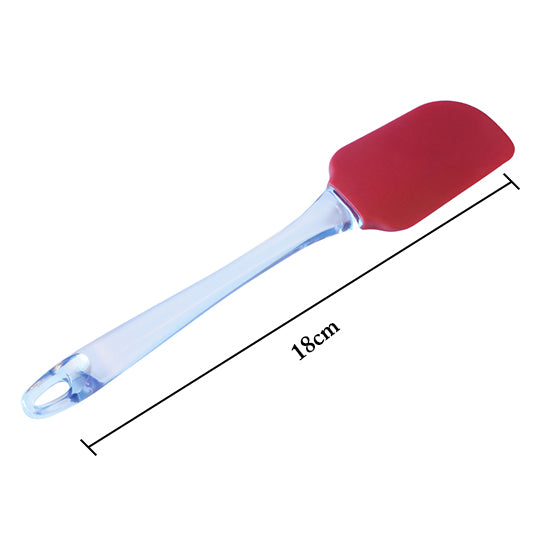





 Sign in
Sign in Register now
Register now My Reward Points
My Reward Points



